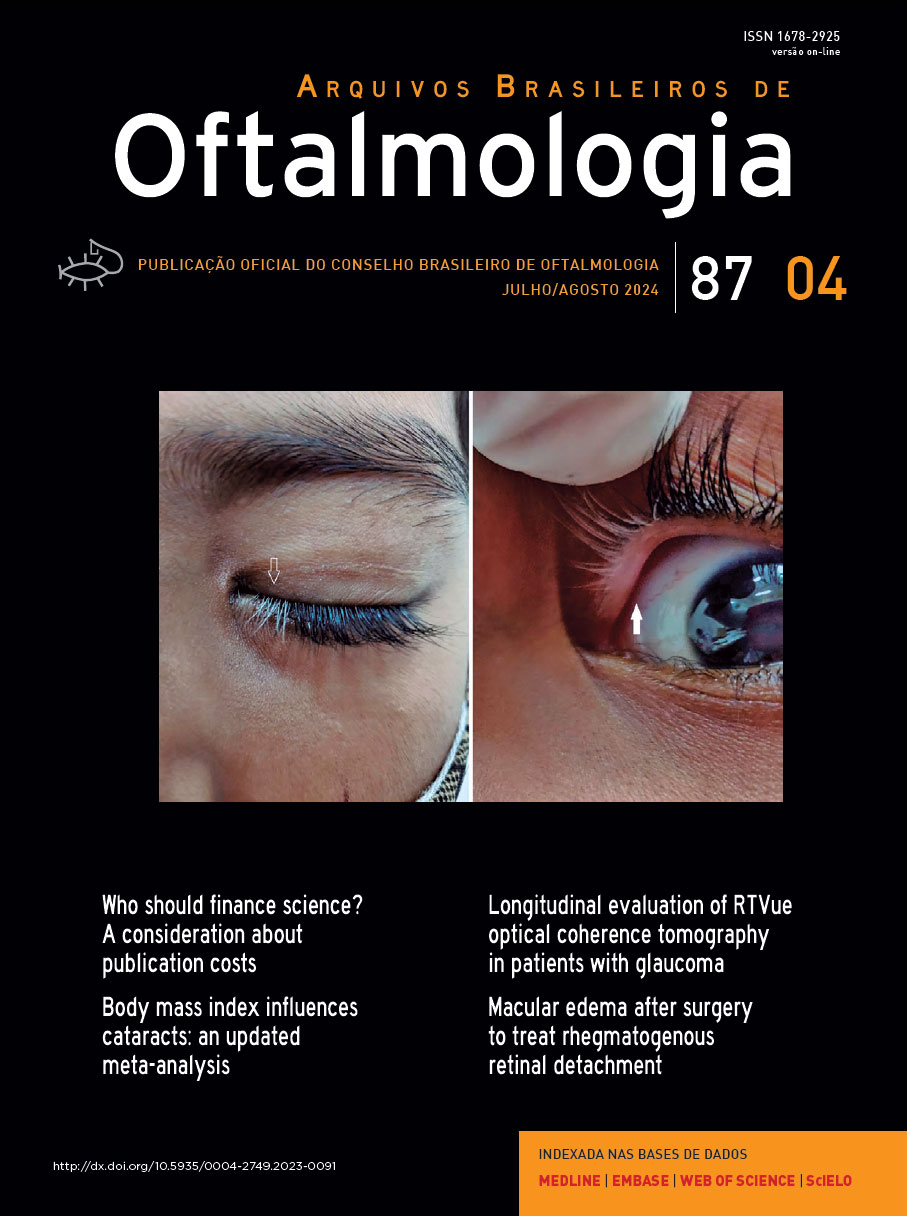PURPOSE: Visual impairment and blindness caused by cataracts are major public health problems. Several factors are associated with an increased risk of age-related cataracts, such as age, smoking, alcohol consumption, and ultraviolet radiation. This meta-analysis aimed to assess the association between body mass index and age-related cataracts.
METHODS: Studies on weight and age-related cataracts published from January 2011 to July 2020 were reviewed by searching PubMed, Medline, and Web of Science databases. The random-effects and fixed-effects models were used for the meta-analysis, and the results were reported as odd ratios.
RESULTS: A total of nine studies were included in the meta-analysis. No correlation was found between underweight and nuclear cataracts (OR=1.31, 95% CI [−0.50 to 3.12], p=0.156). The results of the random-effects model showed that overweight was significantly associated with age-related cataracts and reduced the risk of age-related cataracts (OR=0.91, 95% CI [0.80-1.02], p<0.0001; I2=62.3%, p<0.0001). Significant correlations were found between overweight and cortical, nuclear, and posterior subcapsular cataracts (OR=0.95, 95% CI [0.66-1.24], p<0.0001; OR=0.92, 95% CI (0.76-1.08), p<0.0001; OR=0.87, 95% CI [0.38-1.02], p<0.0001). Significant correlations were found between obesity and cortical, nuclear, and posterior subcapsular cataracts (OR=1.00, 95% CI [0.82-1.17], p<0.0001; OR=1.07, 95% CI [0.92-1.22], p<0.0001; OR=1.14, 95% CI [0.91-1.37], p<0.0001).
CONCLUSION: This finding suggested a significant correlation between body mass index and age-related cataracts, with overweight and obesity reducing or increasing the risk of age-related cataracts, respectively.
Keywords: Aging; Cataracts; Body mass index; Overweight; Body weight; Obesity
